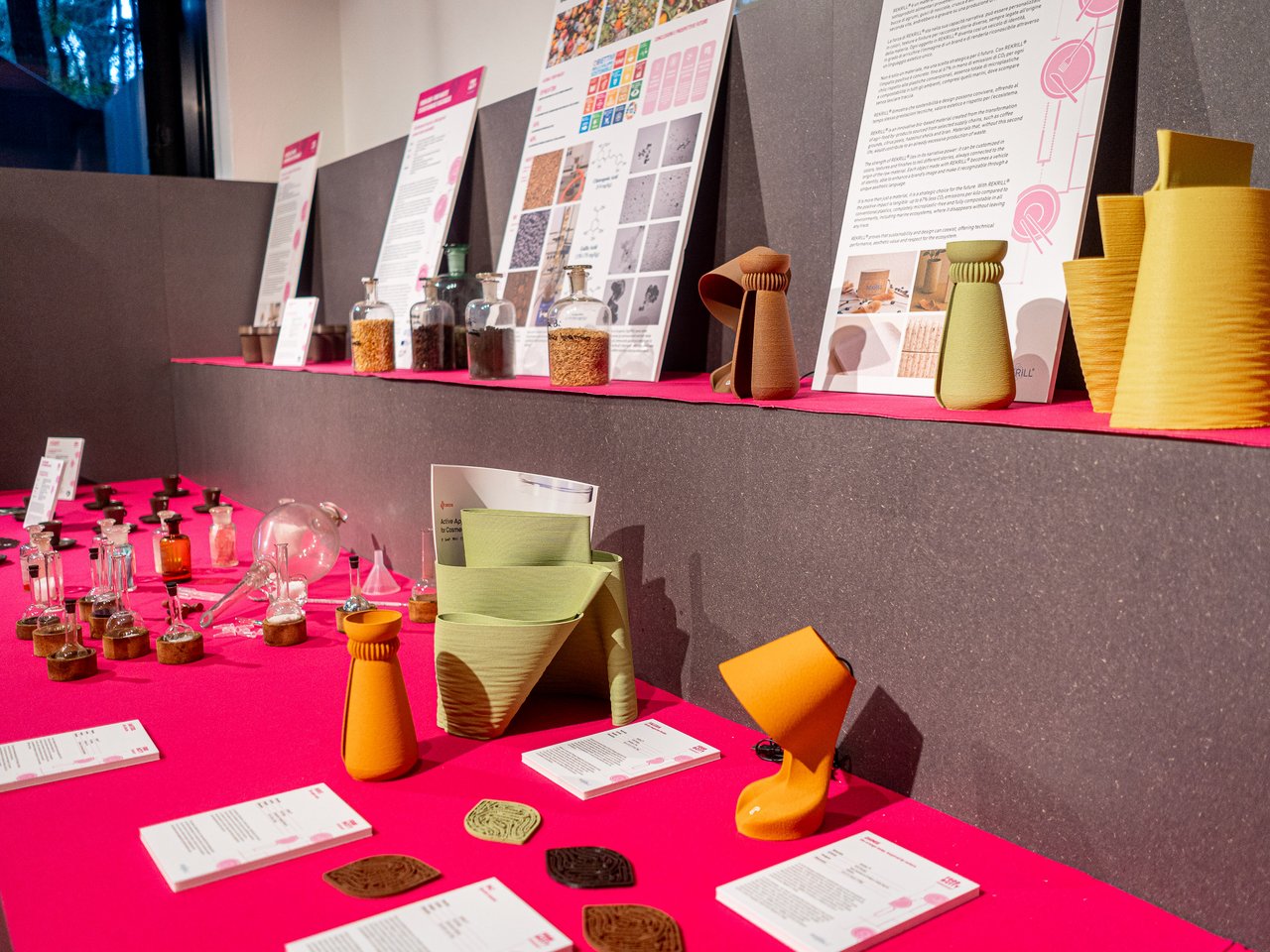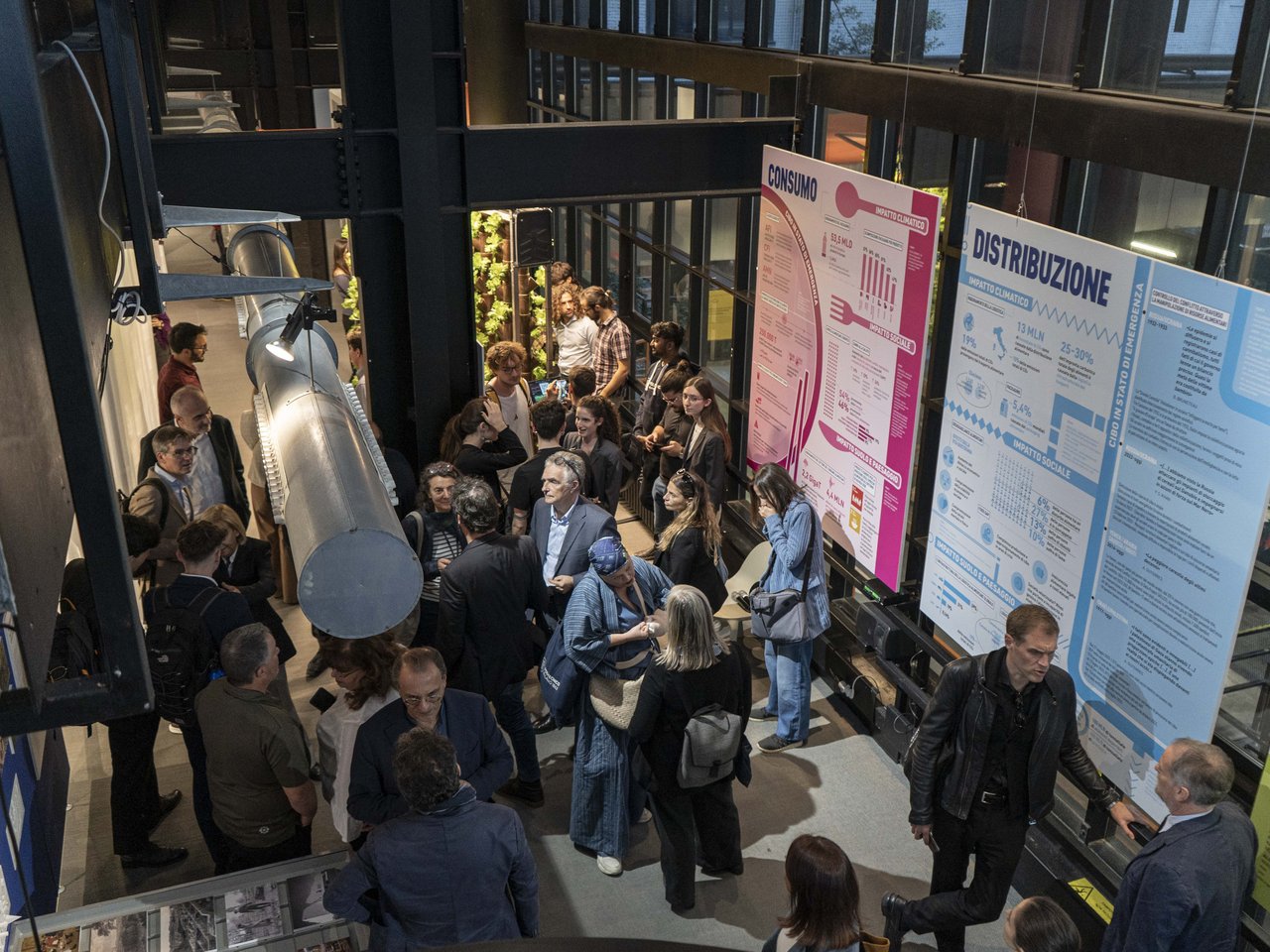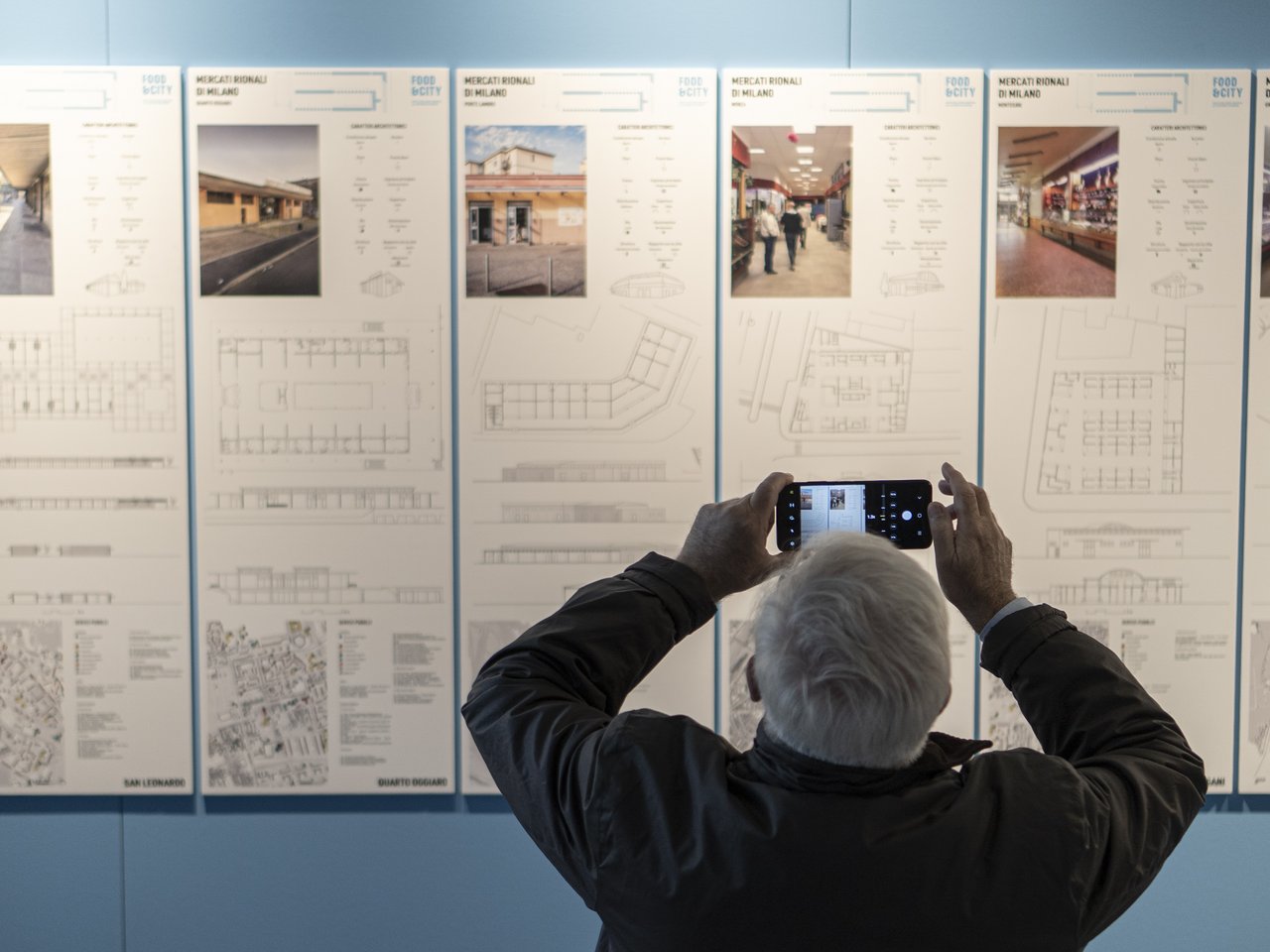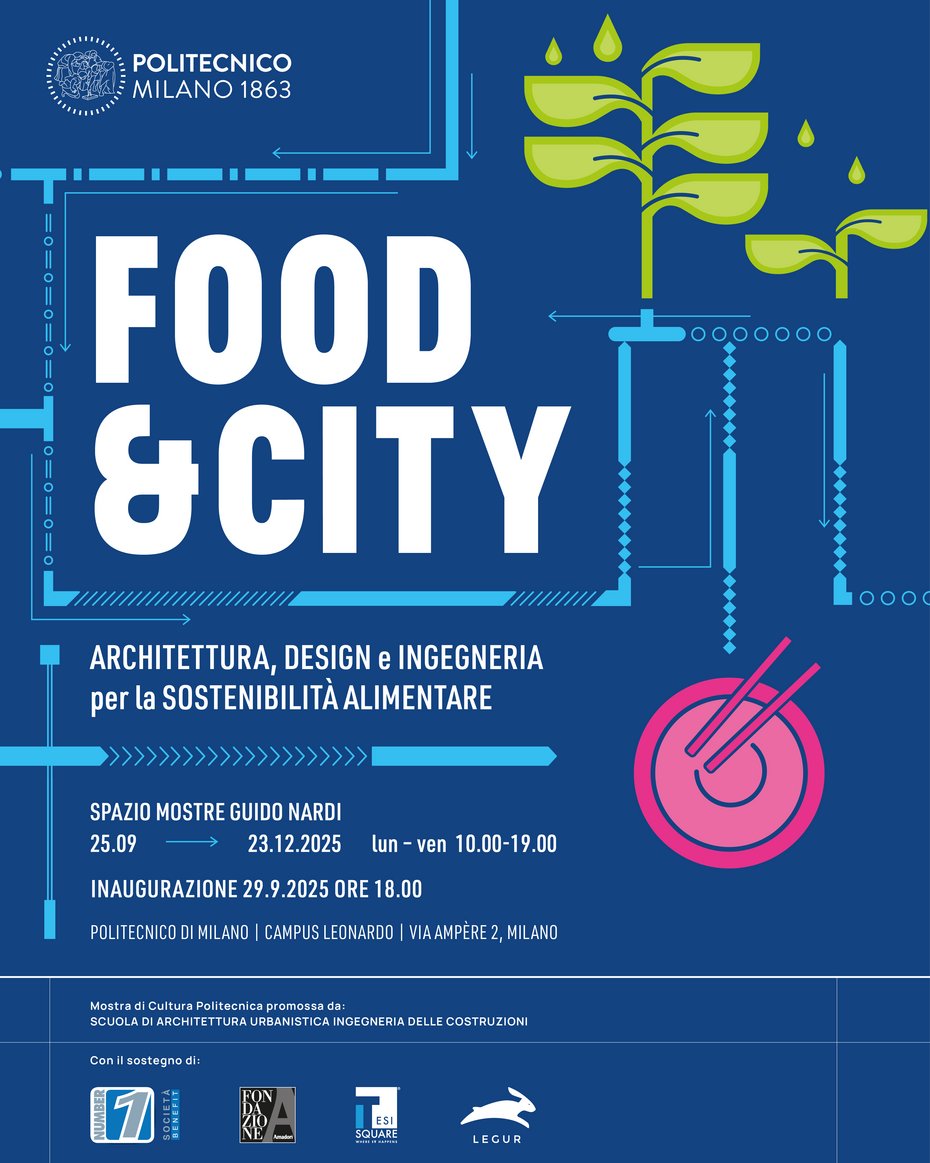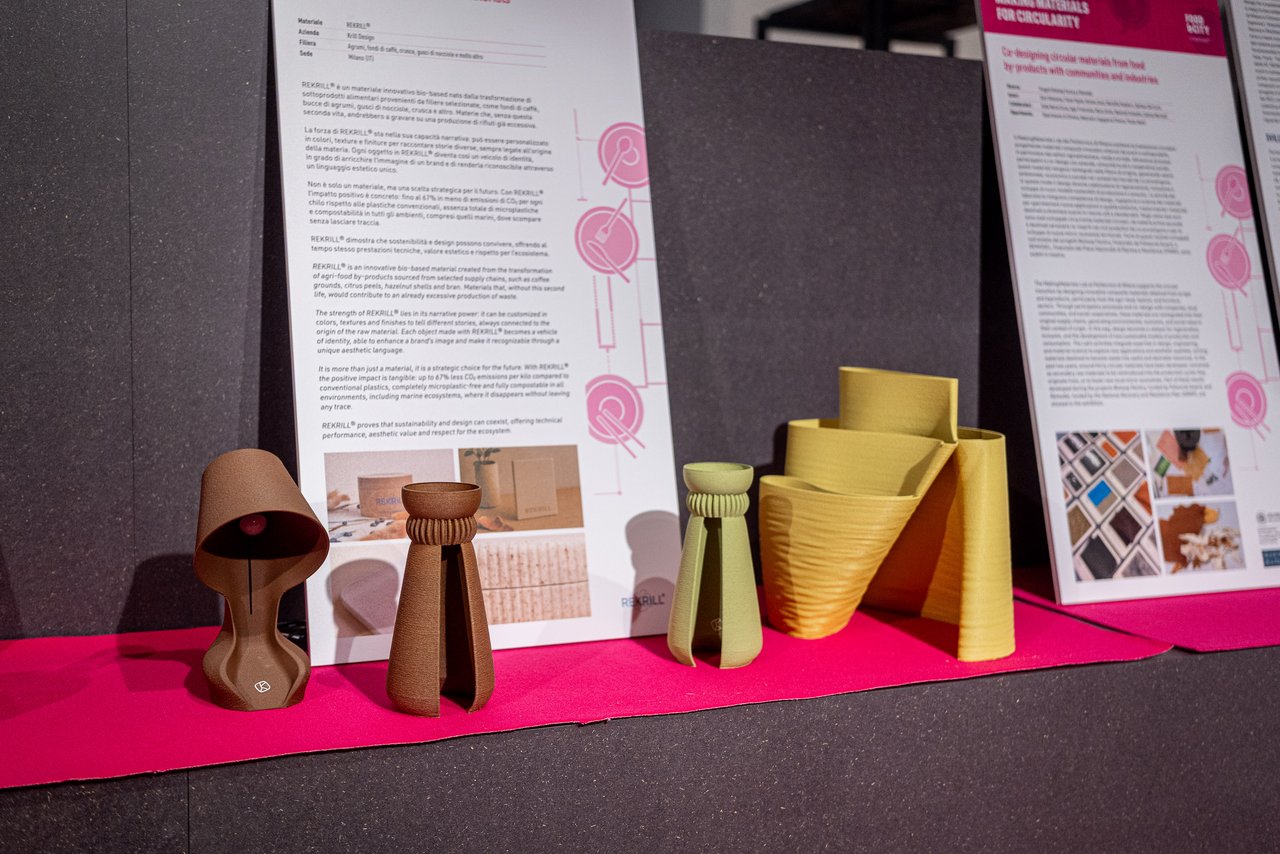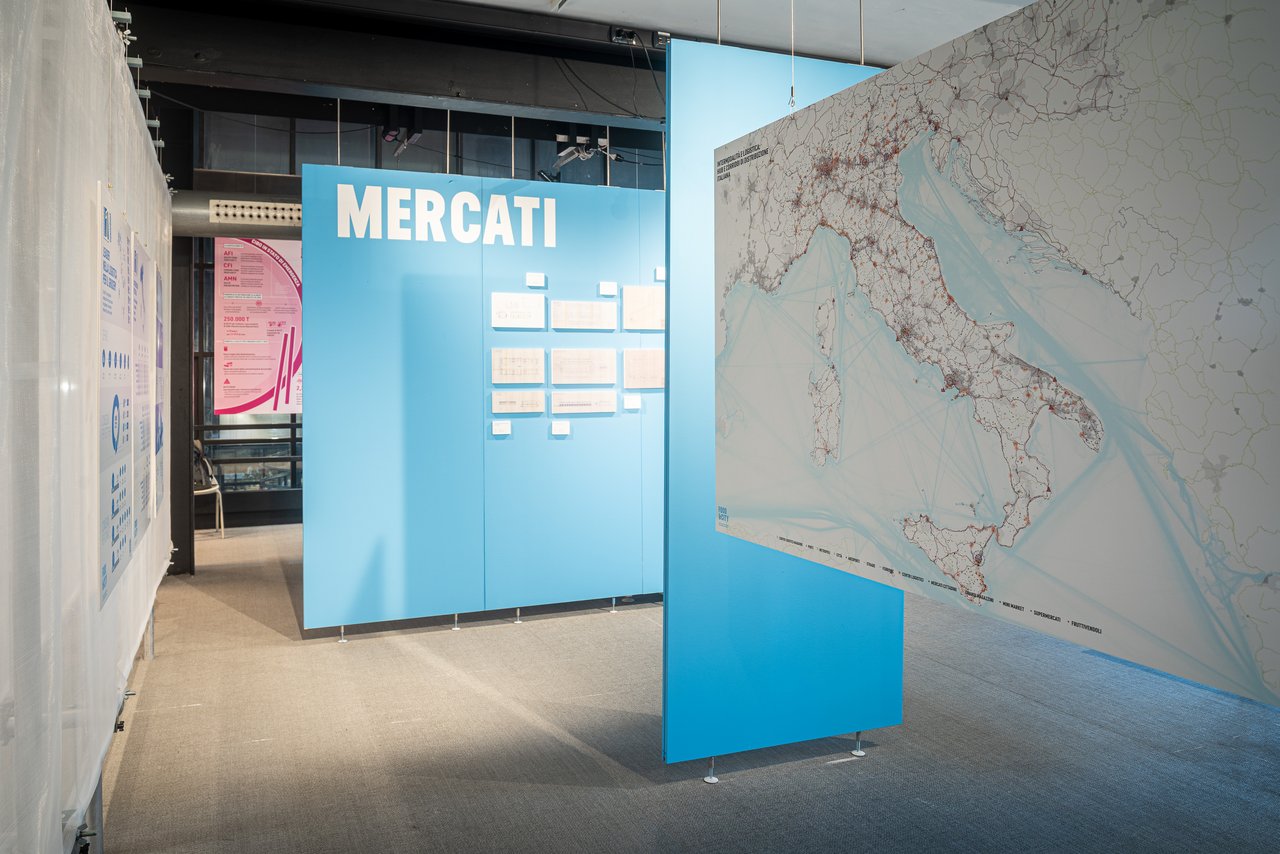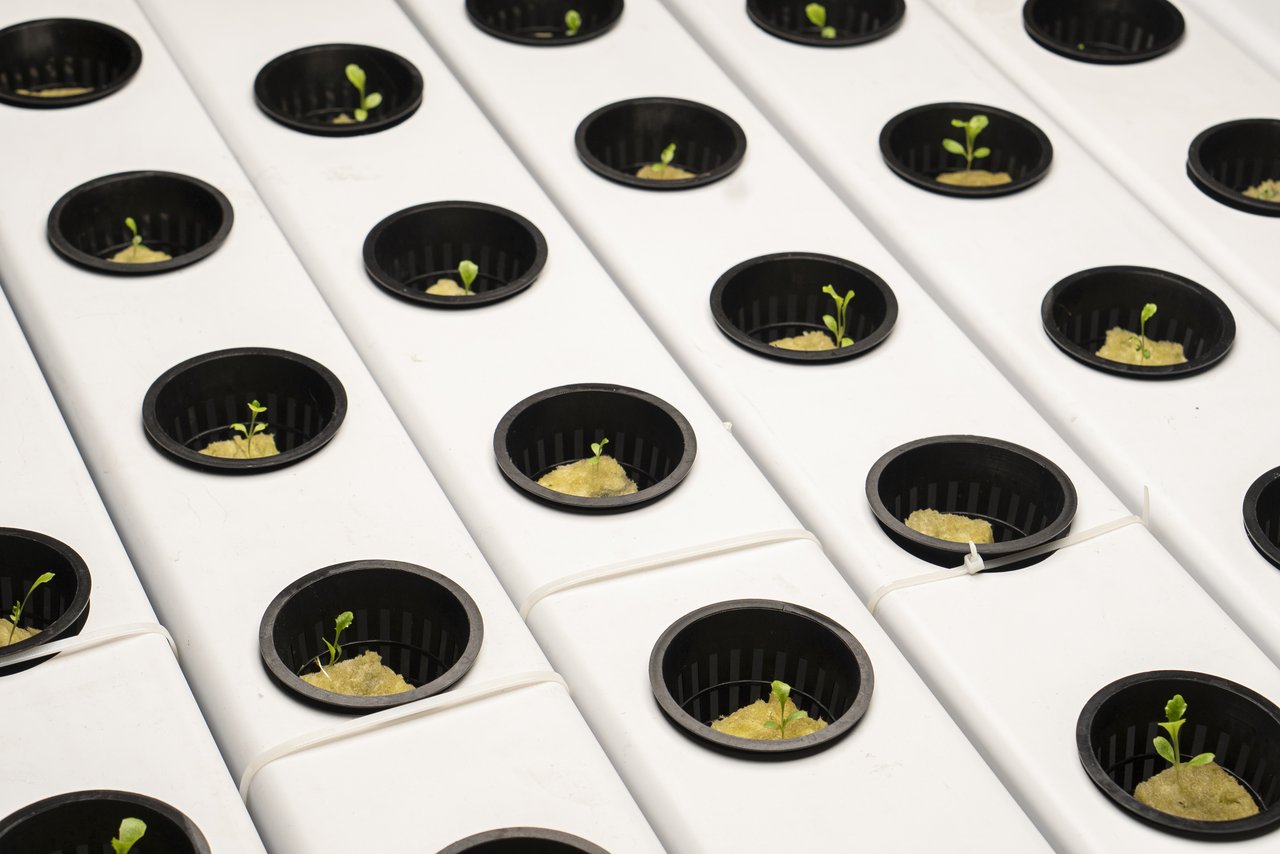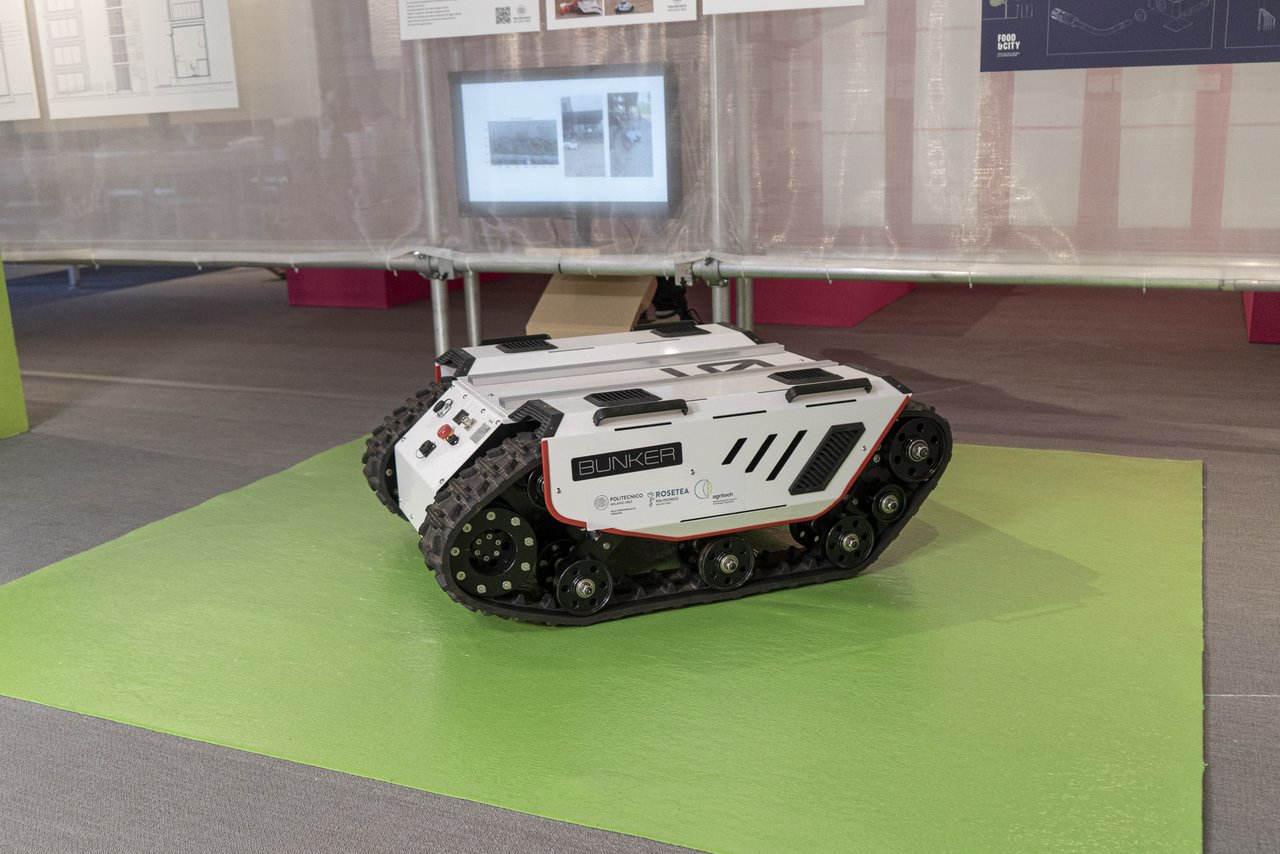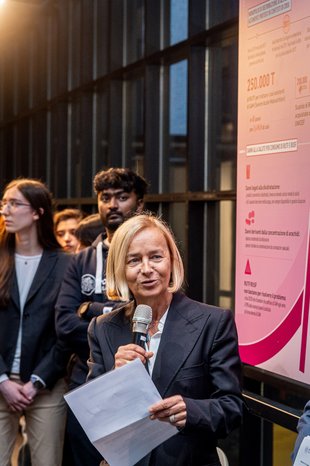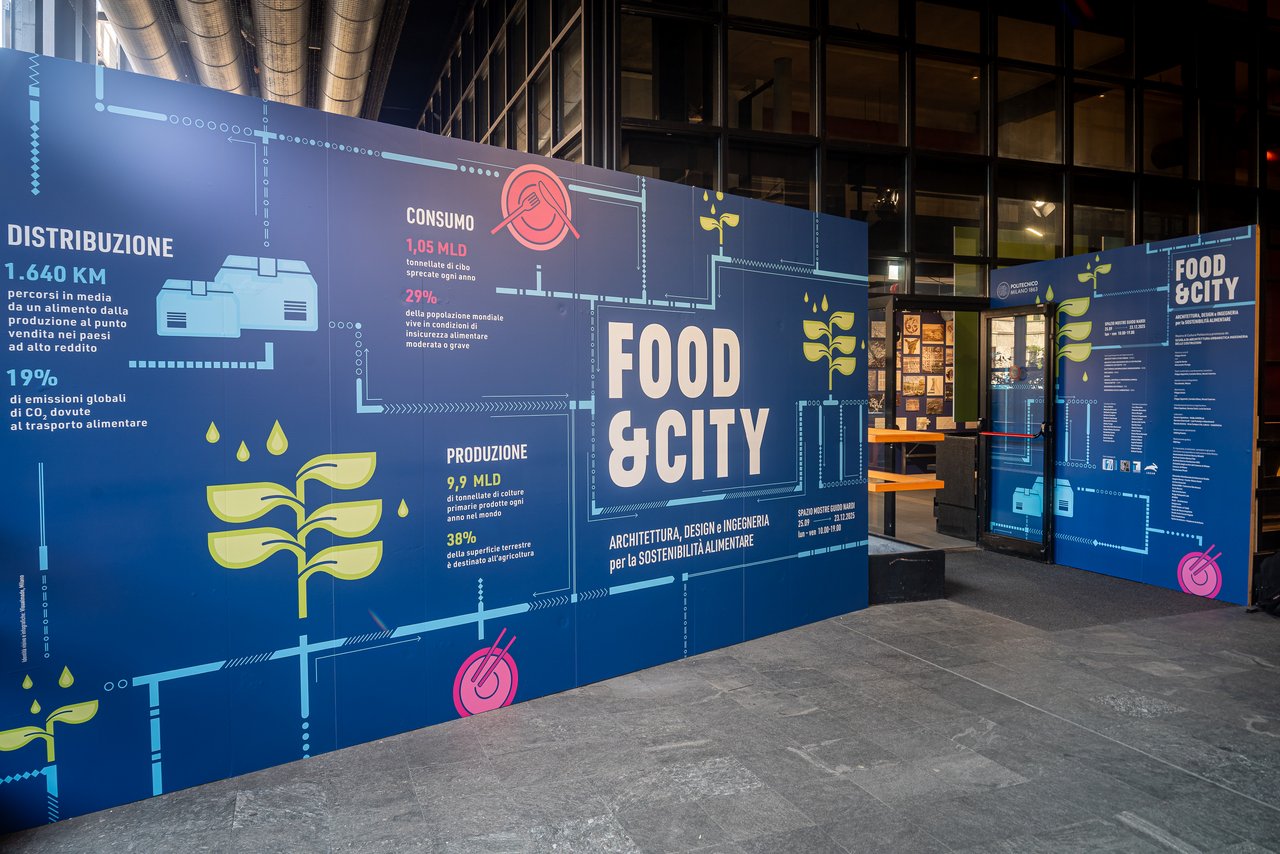Eating is never an individual act: it is always, to some extent, a social act.
Fischler, 1990
By 2050, most of the world's population will live in metropolitan urban areas. Large, densely populated conurbations already occupy only 3% of the Earth's surface but consume almost 70% of its energy and food resources. Extreme contradictions and dichotomies currently characterise food production: food is produced for 12 billion people, compared to a world population of 8 billion, but of these, around 1 billion are undernourished, while almost 700 million suffer from obesity, and around 2 billion adults are overweight. In a context aggravated by climate change, it will therefore be necessary to define essential urban resilience strategies, from a holistic and circular economy perspective, which include universal access to food security and health.
PRODUCTION
Nowadays, food production is no longer confined to fields and countryside, tied only to ancestral methods, but has entered cities, laboratories and buildings, integrating with advanced technologies and innovative social practices, attempting to provide different answers to the same need: to produce sufficient and safe food for a growing world population, while reducing environmental impact. Urban agriculture is reshaping public spaces in cities, transforming rooftop gardens, greenhouses and community gardens into hybrid production sites that are integrated into neighbourhoods. In addition to community practices, automated multi-level cultivation systems – vertical farming – are being implemented, using innovative substrates and nutrients. In agricultural and livestock production, the use of sensors, drones and robots optimises time, reduces waste and lightens the physical stress on operators.
DISTRIBUTION
Food distribution envelops the planet in dense networks which connect and eliminate distances, while within contemporary cities, archetypal places and spaces, which have always been dedicated to the supply of food, have taken on new forms and hybrid uses.Definition of rules for managing the food cycle are the focus of policies and practices that are constantly orientated towards sustainability and inclusiveness. The challenge of combating food waste involves institutions and associations working towards the fundamental right of access to fairer and more equitable food.
CONSUMPTION / COMMUNITY
Eating food is not only a biological act necessary for survival, but has always been a ritual and deeply social moment. The act of eating is inherent in a cultural dimension that goes beyond simple nutrition, taking on symbolic, relational and community meanings. The places dedicated to these shared moments consequently assume a central role. Canteens, domestic and collective kitchens not only provide meals but also produce relationships: preparing and consuming food together means breaking down barriers, renegotiating differences and strengthening the sense of belonging. In contrast, the fast-paced relational dynamics in the contemporary city, pushing towards social customs marked by strong individualism, lead to an increasingly domestic dimension of food consumption, prepared in hidden and unexpected spaces.
CONSUMPTION / REUSE
The food supply chain inevitably generates leftovers, waste and residues. Looking at these materials only as discarded waste means neglecting their biological, energy and social potential: thanks to scientific processes and innovative technologies, these scraps are transformed and returned to new life. The issue of food waste reuse, integrating additional consumption cycles in cross-sectoral areas of society (from agriculture to construction, from design to cosmetics, from biomaterials to medicine and energy), is a key issue for environmental sustainability and the circular economy. Ultimately, what we now call “waste” can become a valuable resource, capable of feeding not only the planet, but also a new vision of responsibility and solidarity.
The exhibition aims to investigate these major environmental, spatial, social and economic challenges with regard to the sustainability of agri-food systems, presenting innovative solutions to problems concerning food production, distribution/management and consumption, through the presentation of synergistic paths of study, development and experimentation developed in recent years by the transdisciplinary research activities of various teams at the Politecnico di Milano.
The vast and all-encompassing theme of food will therefore be examined and analysed on the basis of three main categories of action: production, distribution/management and consumption. The experiences and investigations relating to these three fields of action will be cross-referenced with temporal categories – present, past and future – and dimensional categories – small, medium and large – in order to provide a clear and comprehensive overview of the state of the art and future prospects on the specific topic, but also on the more ancestral relationship between Nature-Artifice and Landscape-City, measuring their current distances and overlaps through the filigree interpretation of food.
The contents of this appendix will be selected from the entries submitted to the Call for Photo&Video FOOD&City | Milano 2015-2015. Tracce, trasformazioni, disuguaglianze: 10 domande aperte a 10 anni da Expo Milano, open to young artists, photographers and researchers, whose stories will be displayed in a space of approximately 80 square metres adjacent to the main space of approximately 400 square metres.
The selected contributions will be exhibited in a special section, forming a visual map made up of questions, doubts, insights and memories, constituting an open collective reflection. A reasoned review of works as an in-depth exploration of the general theme of the exhibition, but explored from a different point of view than that of architects and engineers.
During its three-month run, the exhibition will also be an opportunity to trigger collective moments of public reflection; the Politecnico will host round tables, seminars and talks open to the public with experts, researchers, companies and institutions. To this end, a special FOOD&Talk room will be set up directly connected to the exhibition spaces, where this programme of public engagement between universities, cities, institutions and companies can take place, exploring the variety of themes related to the exhibition's content, opening it up to as wide an audience as possible, and thus contributing to the social growth and cultural direction of the area.
-
Abstract
PDF
-
Call for Photo
PDF
-
Press release
PDF
-
Flyer re Call for Photo
PDF
-
Info re Call
PDF
-
Exhibition Intro
DOCX
-
Polimi_Food_City_invito_digitale.jpg
JPG
-
Flyer
PDF
-
FOOD SUSTAINABILITY LAB
PDF
-
POLIMI FOOD POLICY
PDF
-
Room sheet
PDF
